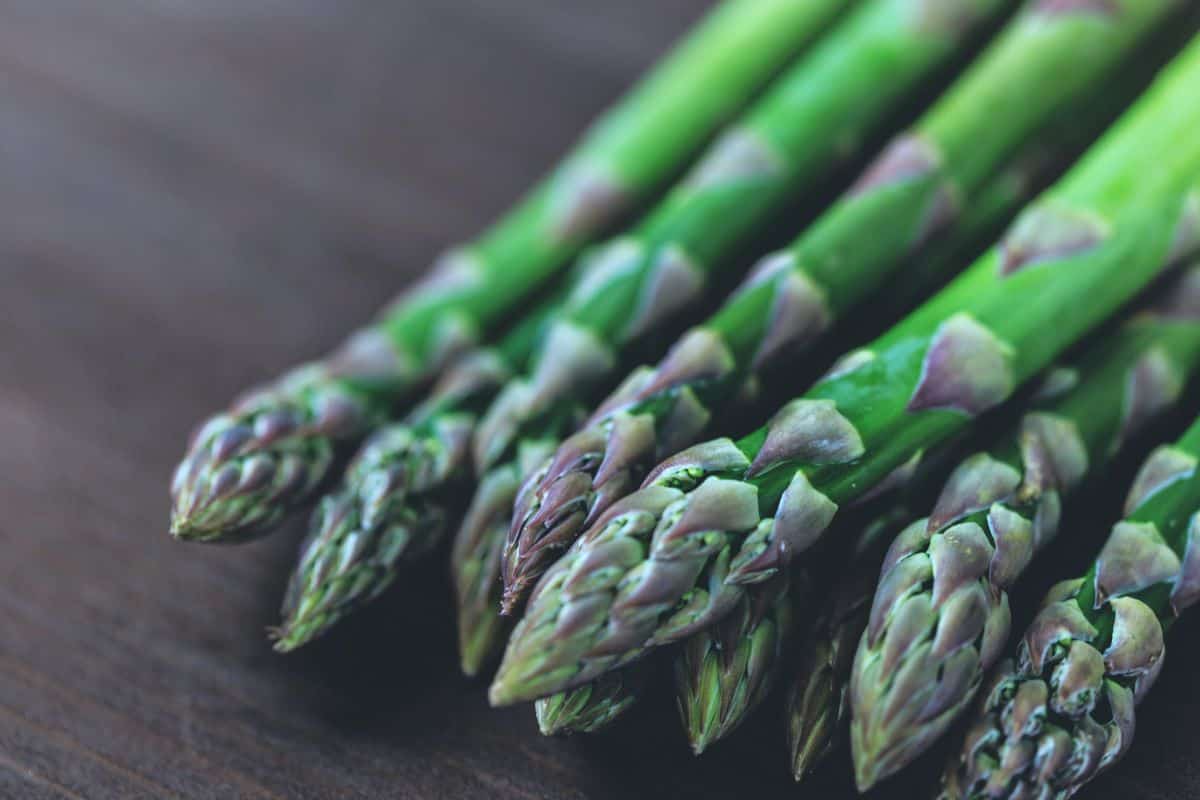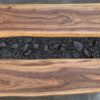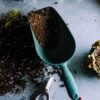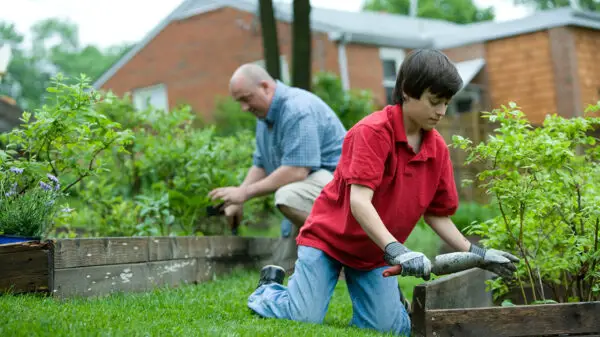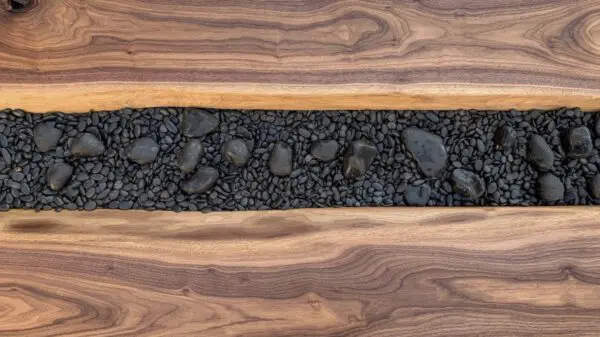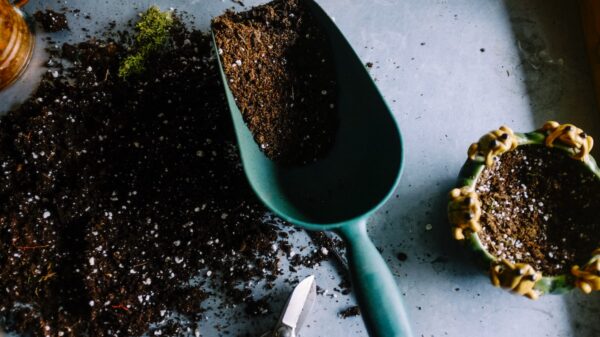Growing the Best Harvest With Asparagus Seed
When I was recently looking into growing my asparagus in my backyard, I realized that there is a lot of information out there, but nothing that gave me a straight answer on how to get the best harvest. So, I had to learn for myself through trial and error and many dead asparagus plants.
How do you get the best asparagus harvest from growing a seed? Growing asparagus from seed is not difficult, but there are a few things you need to keep in mind. The first thing you need to do is make sure you have the right soil. The soil should be well-drained and have a pH of 6.5 to 7.0. You can either purchase this type of soil or amend your current soil to make it suitable for growing asparagus.
Asparagus isn’t hard to grow once you understand the basics. However, it is a little more challenging than some other vegetables. You will want to make sure that you follow these tips below to get the best harvest from your asparagus plants.
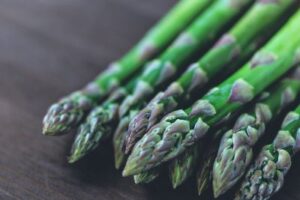
How to Grow Asparagus From Seed
Asparagus is a delicious and nutritious vegetable that can be enjoyed fresh or stored for later use. It can be a bit daunting to try to grow this vegetable from scratch. However, with a little bit of planning and patience, you can enjoy a bountiful harvest from your home garden.
To get the best harvest from your asparagus plants, it’s important to understand a few basics about growing this crop.
Here are a few steps for growing asparagus:
1. Purchase high-quality seeds from a reputable supplier.
2. Find the right spot in your garden for growing asparagus. Asparagus plants like the sun but also need some shade, so make sure to find a spot that has partial sun. The soil should be fertile and well-drained.
3. Amend the soil with compost or other organic matter before planting.
4. Plant the seeds in the spring, spacing them 2-3 inches apart and burying them 1/2 inch deep.
5. Water gently and frequently, keeping the soil moist but not wet.
6. Fertilize and mulch in the winter to keep the plants healthy and productive.
7. Harvest the spears when they are 6-8 inches tall but before they start to open up at the tips.
Tips for Growing Asparagus from Seed
Here are several tips for growing asparagus from seed:
Start With Healthy Soil
Growing asparagus from seed will only give you 50% odds of success. Growing asparagus in the dirt that has not been softened by years of composting and fertilizer will lead to more work and less chance of a bountiful harvest.
Have your soil tested to determine if it is ready for planting, and amend it with the help of some good mulch like straw or wood chips.
Purchase Asparagus Seeds
Growing asparagus from seed takes at least three seasons before reaching full maturity. Make sure you purchase high-quality seeds from reputable suppliers such as Burpee Seeds.
Plan Ahead
Growing asparagus takes multiple years to achieve full growth for harvesting purposes. Plan and be patient!
Growing Asparagus is An Investment
Growing asparagus from seeds can require quite a bit of cash upfront when it comes to purchasing seeds and equipment for growing. However, once you have the initial investment out of the way, the only other costs are maintaining your garden to keep it free of weeds and bugs while allowing room for your plants to grow big enough to eat without getting choked out by nearby vegetation or suffering damage at the hands (or feet) of passersby.

Growing Asparagus Requires Staggered Planting
Growing asparagus takes at least three seasons before reaching full maturity. You will need to stagger your plantings to have a steady harvest.
If all the plants in your area mature and die off at the same time you won’t have any plants with which to replace them! Instead, start modestly by planting one row in the first year and another row two seasons later.
Continue these practices until you have enough rows established for a bountiful harvest. If you are impatient, you can purchase a few starter plants from a nursery.
Water Gently & Frequently
Asparagus plants like water but they don’t like wet feet. Make sure to water them frequently – but lightly. This will allow the water to penetrate the soil rather than run off and flood the plants. This will also help keep the weeds down.
Fertilize & Mulch in the Winter
To keep your asparagus plants healthy and productive, you will need to fertilize them in the winter. Apply a slow-release organic fertilizer such as cottonseed meal, fish emulsion, or composted chicken manure.
You can also add a thick mulch layer of straw, leaves, or wood chips around the plants to help retain moisture and suppress weed growth.
Harvesting May Take Place Over Several Months
Asparagus is a unique vegetable in that harvesting may take place over several months. The best time to harvest asparagus is when the spears are 6-8 inches tall but before they start to open up at the tips.
Cut the spears at ground level with a sharp knife or scissors. If you miss the harvesting window, don’t worry – the spears will continue to grow in size but they won’t be as tender.
Enjoy Your Bountiful Harvest
Once you have harvested your delicious asparagus, savor it fresh or store it in the fridge for a few days. Asparagus is also great frozen, canned, or made into soup.
5 Things You Might Not Know About Asparagus
- To keep your asparagus plants healthy and productive, you need to fertilize them in the winter. This can be done by applying slow-release organic fertilizer, composted chicken manure, fish emulsion, cottonseed meal, or by adding mulch around the plants.
- Growing asparagus can be a bit daunting to try to grow this vegetable from scratch. However, with a little bit of planning and patience, you can enjoy a bountiful harvest from your home garden. This plant is a little more expensive to start with when growing from seeds, but once you get the initial investment out of the way, there are no other costs involved in growing.
- Growing Asparagus requires staggered planting. This means that you should plant one row in the first year and another row two seasons later. Continue this practice until you have enough rows established for a bountiful harvest.
- Growing asparagus takes at least three seasons before reaching full maturity. You will need to stagger your plantings to have a steady harvest. If all the plants in your area mature and die off at the same time you won’t have any plants with which to replace them!
- Growing asparagus is an investment. Be prepared to spend some cash upfront when purchasing seeds and equipment for growing.
Equipment You Will Need to Grow Your Asparagus
Asparagus is a perennial vegetable that is best harvested from mid-spring to early summer. Growing asparagus is easy, but there are some tools you must have to successfully grow your asparagus at home. It’s important to be prepared before planting your asparagus crowns so that they can begin growing quickly and healthily.
Growing Container
You will need a container or trench at least 12 inches deep for each plant that you want to grow. In warmer climates, the asparagus roots can extend out several feet, reaching up to as much as 10 feet underground! Make sure your container or trench has good drainage so your plants don’t suffer from root rot.
pH Test Kit
Asparagus grows best in a soil pH range of 6.0 to 7.5, so it’s important to test your soil’s pH before planting. You can buy a pH test kit at most home and garden stores, or you can have your local extension office test your soil for you. If your soil is too acidic or too alkaline, you can amend the soil accordingly before planting.
Organic Matter
Asparagus plants need plenty of organic matter to thrive. You can either add compost to your soil before planting, or you can mulch around the plants once they’re established. This will help keep the soil moist and well-nourished.
Having the proper equipment is important to growing your asparagus, but tools are only half of the equation. Growing responsibly means understanding how to care for your plants and ensuring that they get everything they need to thrive.
Growing with nature means letting the sunshine on your plants every day by removing any shade that may threaten their growth or harvest. This will not only help prevent disease but will also ensure a more abundant crop!
Growing responsibly also means knowing when it’s time to harvest so you can enjoy your home-grown vegetables while they’re at their best! Remember it’s best not to trim all of the stems at once – leave some for future harvests.
Get To Growing!
Growing asparagus from seed can be a rewarding experience and results in a bountiful harvest if done correctly. By following these simple tips, you can ensure that your plants reach maturity and produce succulent spears for months on end!


